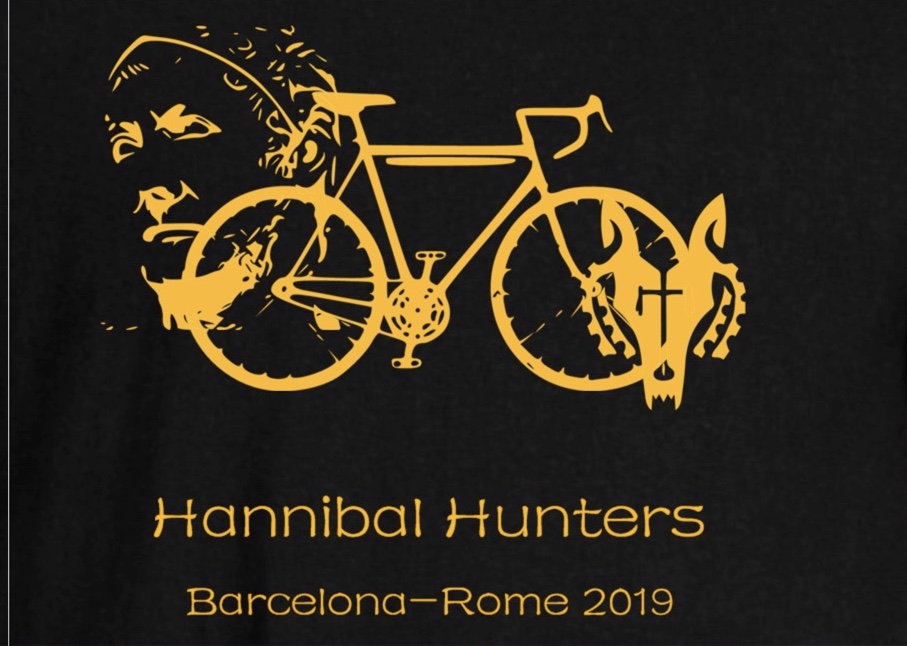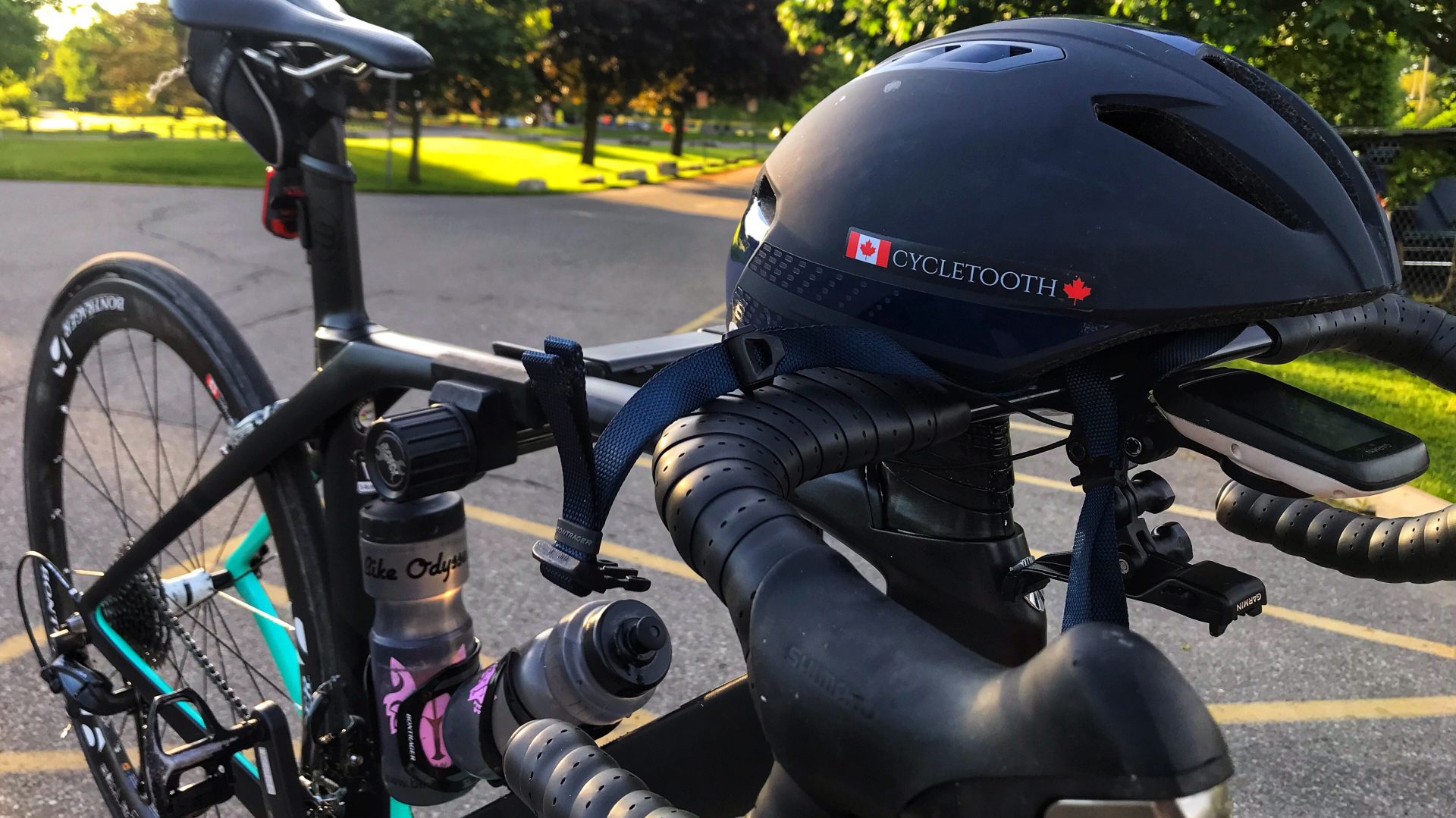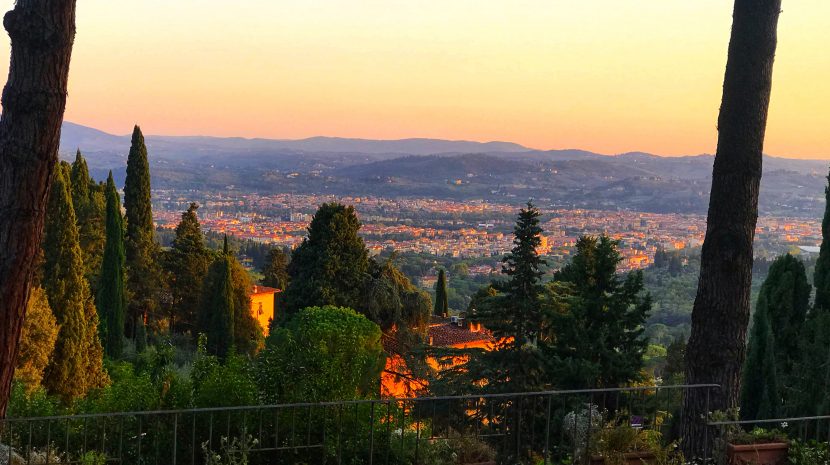On the Road – Distance: 90km I 56mi I 1981m I 6499ft (NOTE: the Relive app is very easy to use, all you have to do is turn it on….I didn’t do that today….SORRY!)
Poretta to Fiesole
Our day started with an easy roll continuing down the Porretta valley, however it is not long before we had to climb the final sections of the Apennines to earn our entry into Tuscany. After traversing over to Vernio we headed towards Lago di Bilancino. However, first we stopped at the jewel of the Mugello – Barberino di Mugello. We had to decide to take shorter route with a 20% climb or a longer route with a 17% grade; we chose the latter.

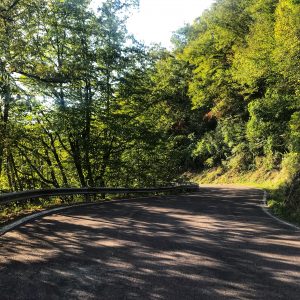
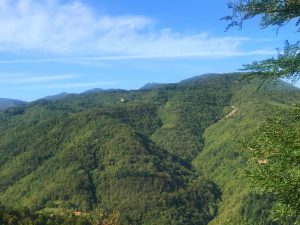
We spent much of today in the Mugello region, a beautiful rugged area of Tuscany.
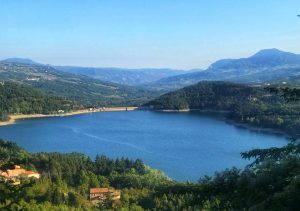
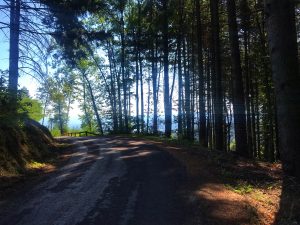

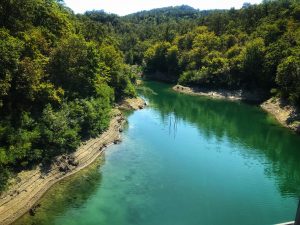
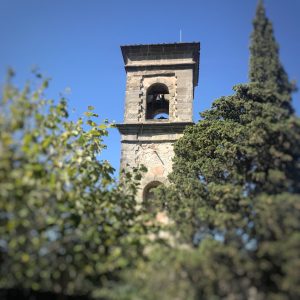
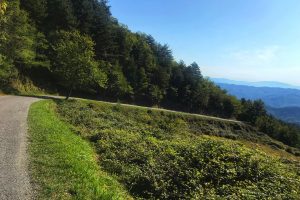
The Giro was here in 2017 and we will followed their route in this region before descending to Fiesole, which sits proudly above Florence, looking down upon all of the Arno plains.


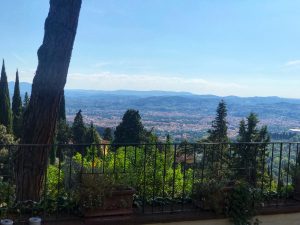
Fiesole overlooks Florence and it an older community than Florence, which was built on swamp lands. An Italian feast was enjoyed in Fiesole as the sun set over Firenze.
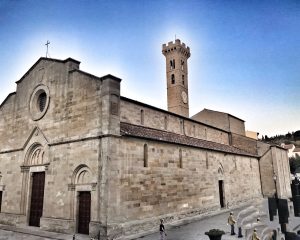


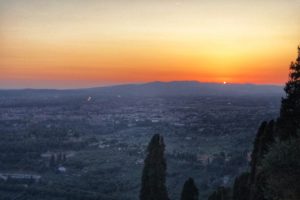

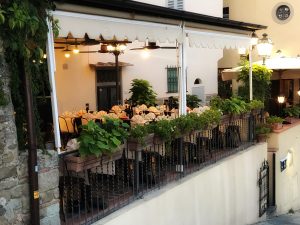

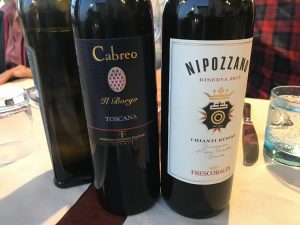





Tomorrow is a rest day and will tour around Firenze by foot, and chill to prepare our last push to Roma!
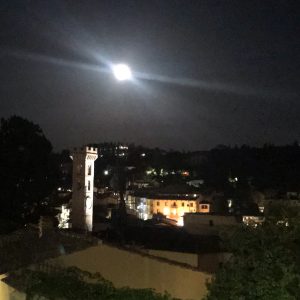
Life is good in Fiesole
Field Notes – The Mugello
The name Mugello comes from a Ligurian tribe called Magelli, who prospered in this area during Paleolithic times. Then the Etruscans occupied the area, leaving many archaeological traces and then, in the third-fourth centuries BCE, the Romans invaded Tuscany and seized control of this region. The Middle Ages in this area left numerous castles (some of which are still visible today) and then came the time of the Florentine families who built villas here (including the Medicis villas of Cafaggiolo and del Trebbio).
The landscape of the Mugello is characterized by a wide belt of mountains and hills that slope down to the plain adjacent to the river Sieve. The fauna of this area include deer, roe deer, wild boar and mouflon as well as wolves and eagles. The Mugello includes 4 forest reserves that are part of the Agricultural Heritage of Tuscany: the Giogo-Casaglia, the Calvana, the Alto Senio and the Alpe.
Field Notes – Barberino di Mugello
This town was founded in the Middle Ages during a period of struggle for economic power and was, for many years, a vital centre for the commercial life of the entire valley. It experienced its period of maximum splendour during the 15th century under the Medici family, whose residences are found throughout the territory and are still open to the public today.
Among the things to see in Barberino is the main square, with the Praetorian Palace tower built in 1459 bearing several coats of arms of the different Lords. It was radically changed during the restoration of the nineteenth century which preserved the sixteenth-century portal. On the opposite side of the square you can see the elegant fifteenth-century lodges of the Medici (1396-1472) attributed to Michelozzo. The castle, originally from the eleventh century, was transformed into a private house. The Oratorio della Compagnia, founded in 1498, expanded after the earthquake of 1531 and renovated in 1850, houses two doors and a stone altar, 16th-century choir stalls, later rebuilt, and an 18th-century Christ.
Hannibal Notes – Arno Swamps
In Hannibal’s day the area around Florence was known as the Arno swamps. In Renaissance times the swamps were drained so the land could be used for agriculture. Hannibal and his army travelled through these swamps for days on end and it is here that he is said to have lost one of his eyes to disease.
Ride Notes – “The Lion of Bilancino”
The 12th leg of the 100th edition of the Giro D’Italia, the most important bicycle race after the Tour De France, passed through the Mugello. From Marradi in the Upper Mugello to Borgo San Lorenzo and San Piero a Sieve and Barberino. Here it entered the motorway to cross the Apennine range into the Emilia-Romagna region. This is not the first time the Giro has choosen the Mugello. This time it was chosen in homage to Gastone Nencini, “The Lion of Bilancino” winner of the Giro in 1957 and of the Tour De France in 1960.




